Drawn by Nature: Watch out for wildlife babies as summer nears
In addition to possibly seeing wildlife and birds with their babies this time of year, June also puts on a show with wildflowers

A few weeks ago, a dark object loomed in the road ahead. Fortunately, it wasn’t a deer suddenly darting from field to roadway. It was smaller and slow, and my husband and I were able to safely slow down on the quiet rural road.
The ancient-looking snapping turtle with a jowly face and gnarly claws paused when we circled back, stopped the car and put on our blinkers. Approaching traffic would know to pass us and avoid the old turtle as it headed to the wetland along the road.
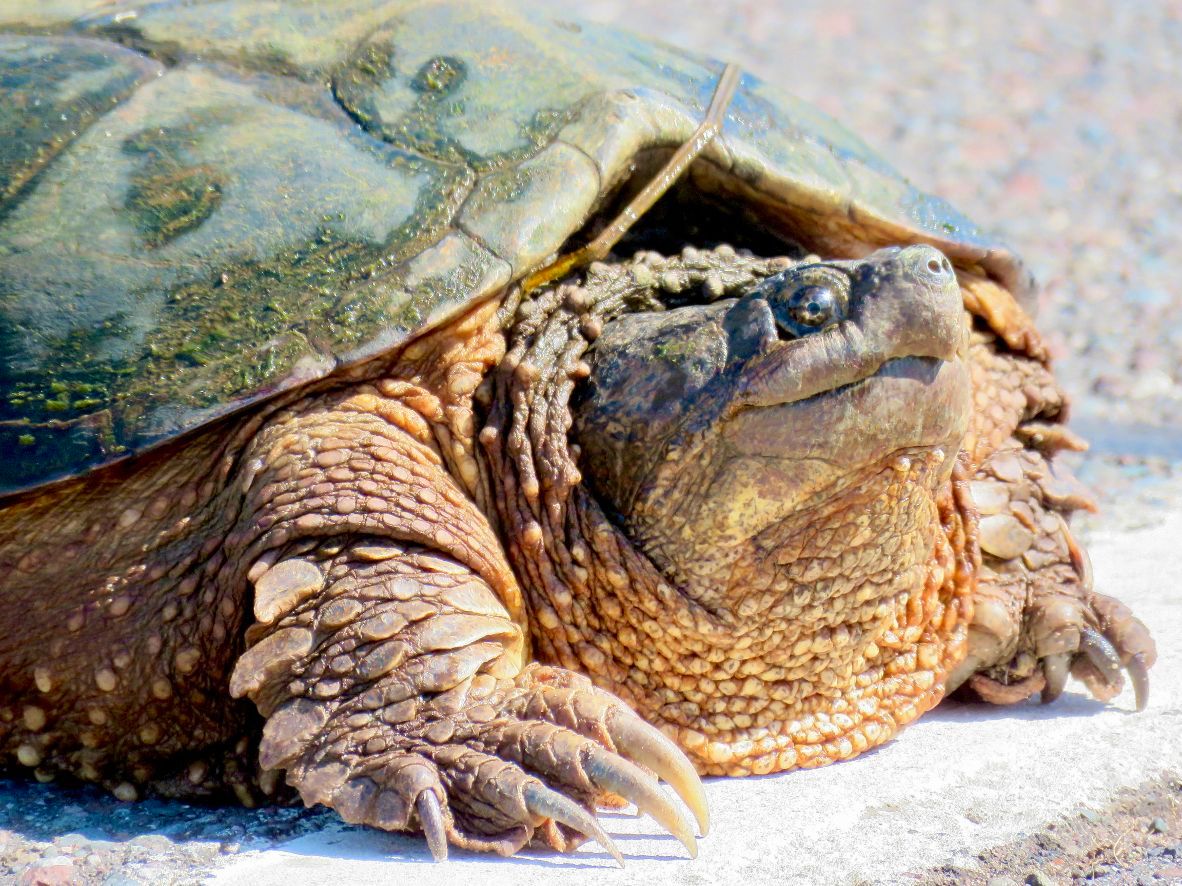
That incident — as well as near-misses with deer and a couple of goslings on city streets — reminded me to drive cautiously as spring stretches toward the official start of summer, June 21. After early spring’s flurry of flirting and finding mates and building nests and safe places, most wildlife is ready for or already nuzzling and feeding the next generation.
Some are on the move for food, and many species have babies they are trying to teach while also keeping them safe. Fawns can be particularly skittish or hesitant trying to get across roadways, but you might see muskrats, raccoons, possums, foxes, skunks and more on the move.
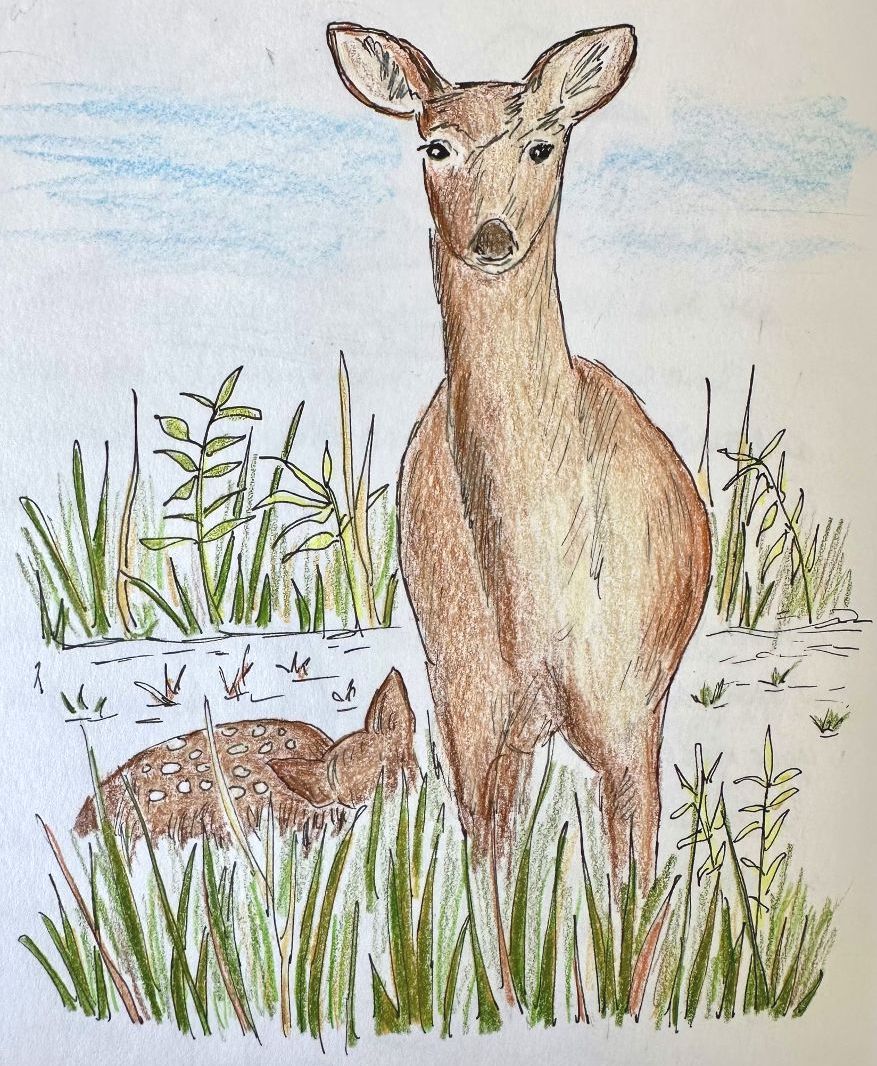
Keep binoculars handy
If you’re paying attention as you drive along rural roads (and some urban ones), you may also see sandhill cranes with their colts in meadows, and ducklings and goslings near ponds and rivers. Look for eaglets in massive treetop nests such as the one on the Wildlife Drive at Sherburne National Wildlife Refuge near Zimmerman.
Keep binoculars in your car for easy viewing. If you’re lucky enough to see a pair of loons on regional lakes, watch for one or two downy babies perched on their back for the first week or two after hatching. Within a few weeks, they’ll start diving lessons. The National Loon Center in Crosslake, Minn., northeast of Brainerd, has viewing platforms near the U.S. Army Corps of Engineers campground and recreation area.
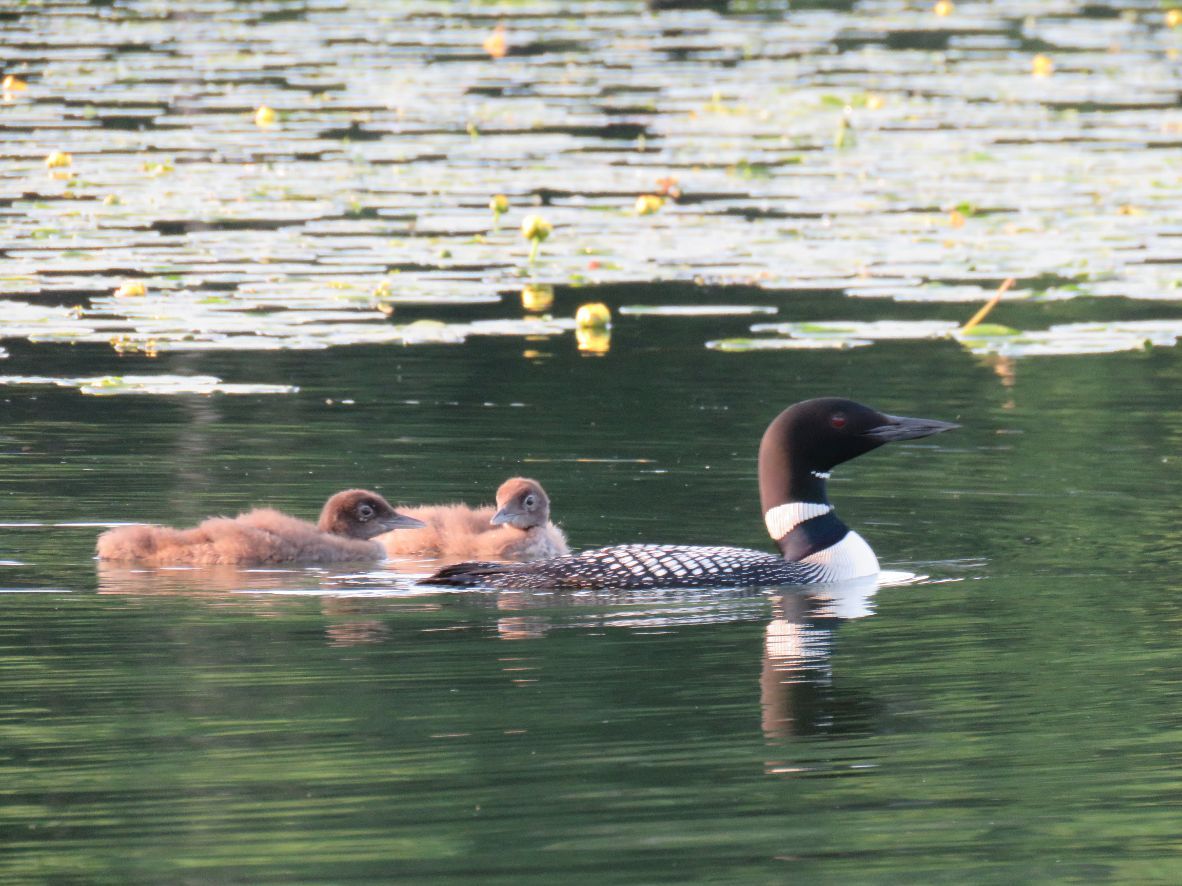
Babies, including loons and fawns, do occasionally get left alone or get separated from parents. In many cases, the parent has gone off to get food and may be back in a day or a few hours. The best course of action is, as advised by the Department of Natural Resources: “If you care, leave them there.” In the worst-case scenario, an abandoned or orphaned animal will provide food for other creatures.
For more information, you can check the Minnesota DNR’s website.
Roseville-based Wildlife Rehabilitation Center of Minnesota also answers questions on its website and can help with injured animals.
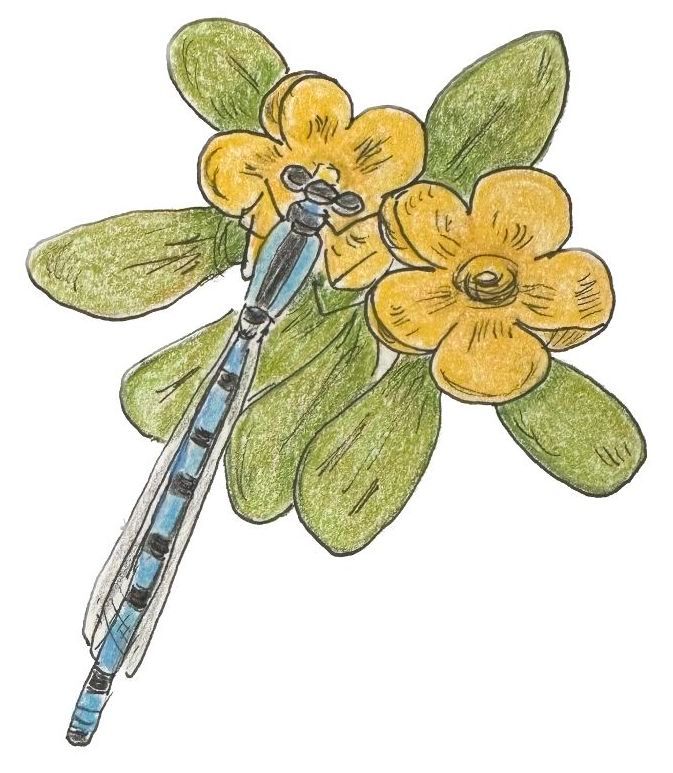
Get involved: Track turtles
Minnesota has about 11 kinds of turtles, including two threatened species: the Blanding’s turtle, which has a high-domed shell (called a carapace) and yellow coloring beneath its head, and the even rarer wood turtle, which has domed scales on its shell. Both species grow to about 5 to 8 inches.
Places such as Lake Maria State Park near Monticello are trying to help threatened species, such as the Blanding’s turtle, make a comeback. If you see a Blanding’s, wood, or any kind of turtle, you can log sightings and upload photos to herpmapper.org as part of the Amphibian and Reptile Survey of Minnesota.
The survey collaboration also includes the Minnesota Herpetological Society and Bell Museum of Natural History. Information from sightings can encourage more wetland and pond restoration and solutions for safer road crossings.
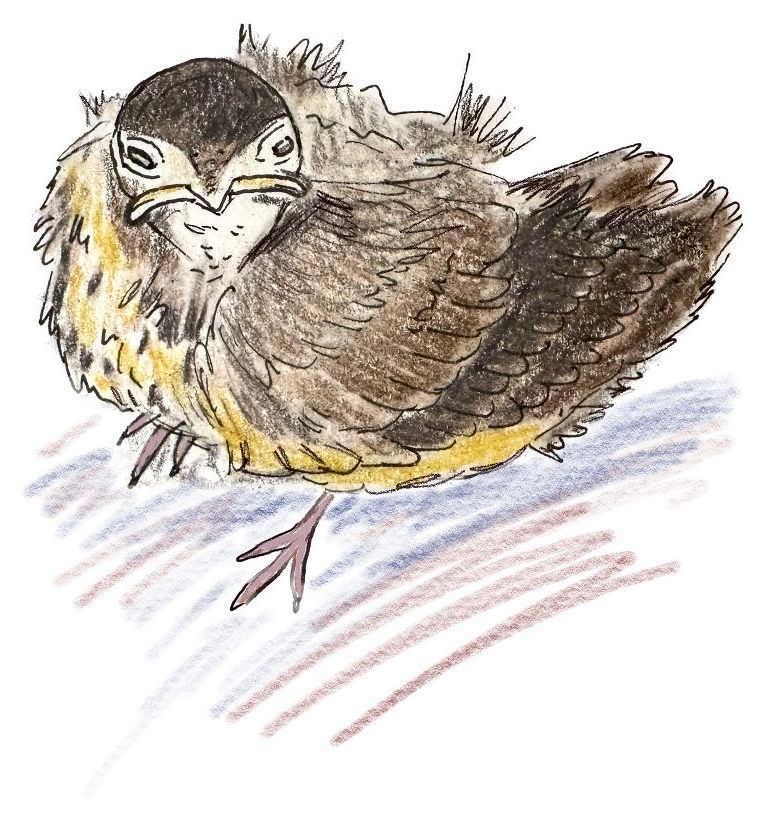
Take a hike
In addition to possibly seeing wildlife and birds with their babies this time of year, June (especially the early weeks) also puts on a show with wildflowers. Here’s what you might see blooming this time of year.
Prairie: Prairie smoke, lupine, hoary puccoon, wild phlox, penstemon, false blue indigo, prairie rose, butterfly weed
Woodland: Spiderwort, harebells, wild geranium, columbine, bunchberry
Wetlands: Blue flag iris, lady’s slipper orchid, forget-me-nots
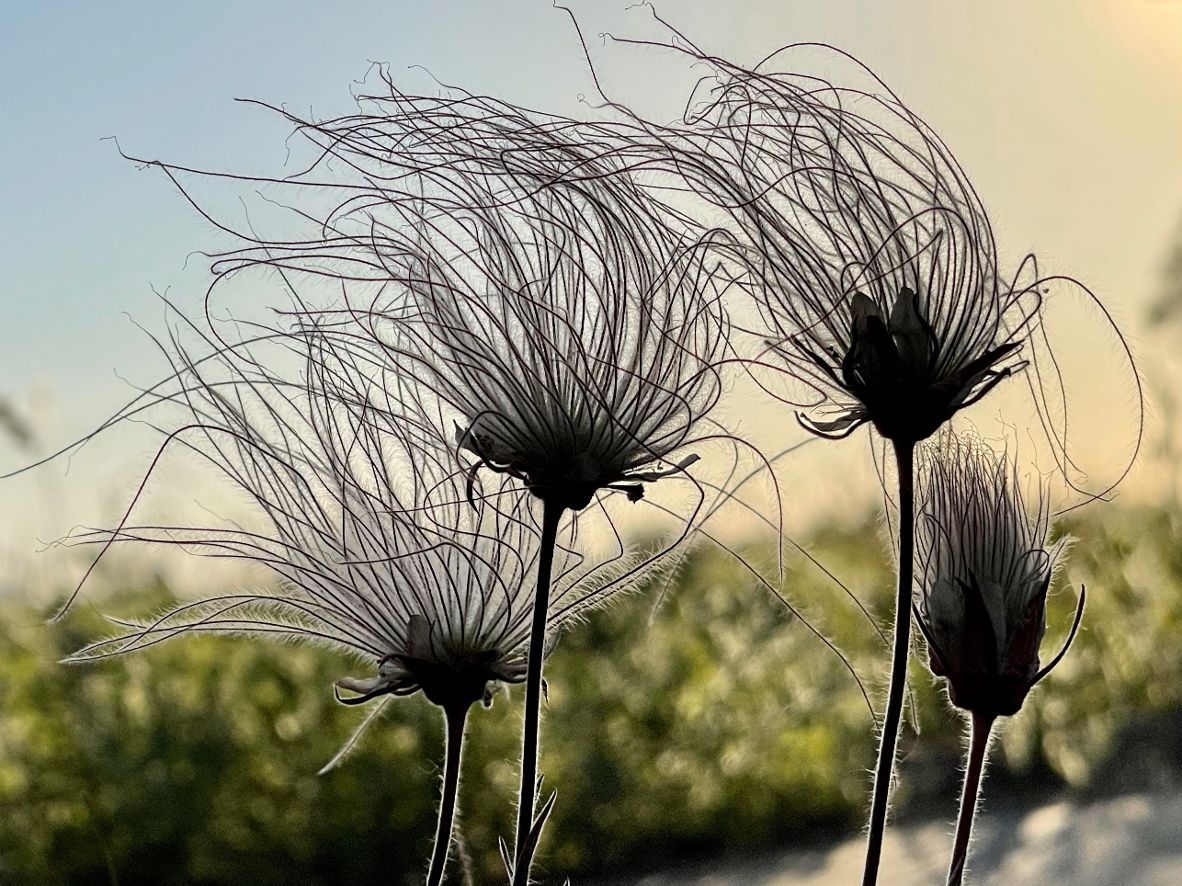
Who’s behind this column?
St. Cloud-based Lisa Meyers McClintick has been an award-winning journalist and photographer for more than 30 years. A lifelong nature nerd, she joined the Minnesota Master Naturalist program in 2021.
This piece was originally published in the Project Optimist newsletter on June 14, 2023.
